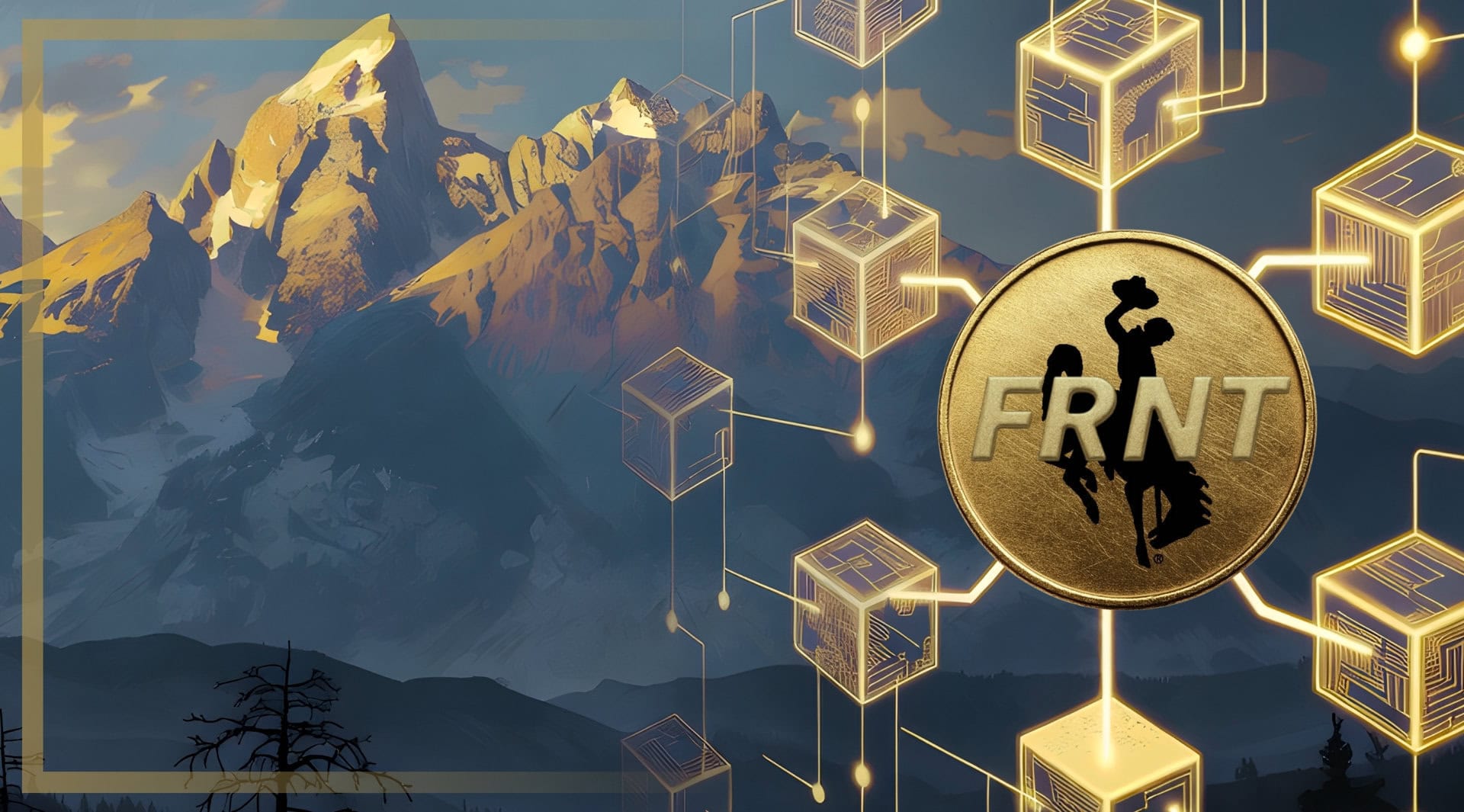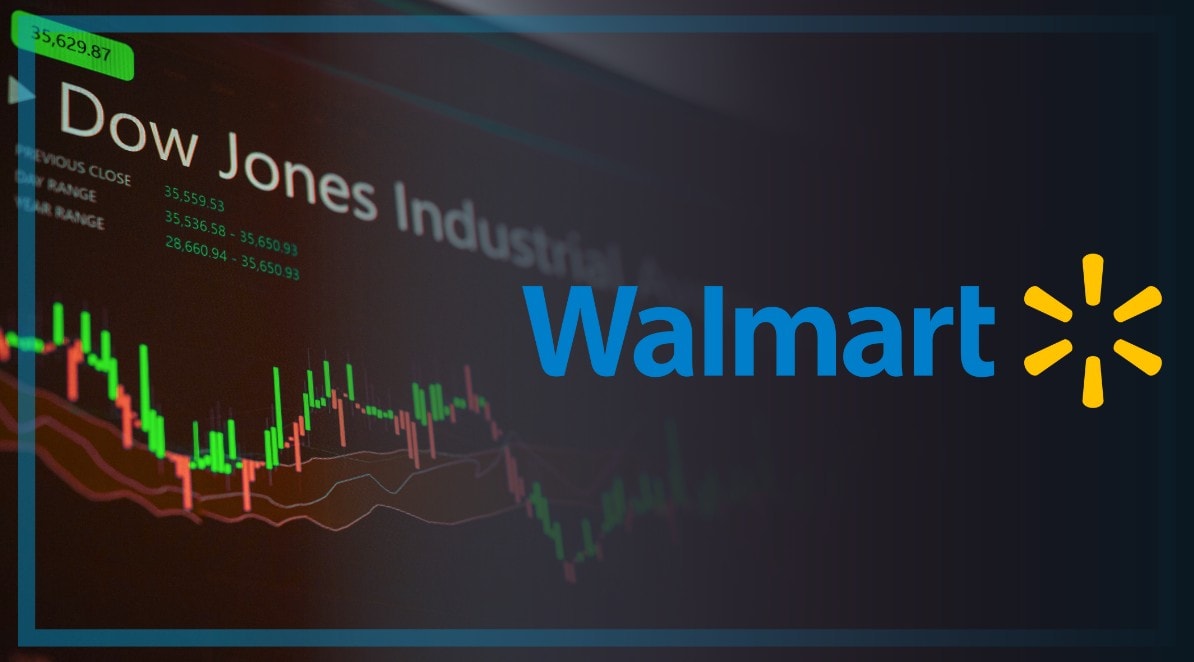At first glance the new Frontier Stable Token (FRNT) launched on mainnet in August 2025 but pending full public availability looks fine. But when you dig a little a few things become apparent. One of those is the role of Franklin Templeton and other vendors in making the token look like a premium product.
Fireblocks is clearly about security, Inca Digital and LayerZero have a technology role to play in supporting FRNT. The Network Firm is a pioneer in auditing Web3 businesses, but it is still in the early days of growth. Providing attestations is important to adding credibility, leading exchanges like Kraken are already working with the Network Firm. Franklin Templeton, on the other hand, has prestige, a brand, and a trusted product. More importantly, the investment firm has $1.69 trillion of assets under management coupled with over 75 years of investment experience. Something that could prove essential in providing legitimacy to FRNT.
The Premium Label on the First State Stable Token
Much like was seen in the case of synthetic CDOs which Goldman Sachs once pushed in the market. Today some of the vendors supporting FRNT are also some of the best in the market. Whether the underlying token will be able to fulfil its potential doesn’t diminish from this fact. Anthony Apollo, the Executive Director of the Wyoming Stable Token Commission or WSTC, and his team are doing the best they can to package FRNT as a premium product. They are acting like a startup founding team, but they are not working with the same realities that a startup does.
FRNT’s funds, held by Franklin Templeton on its Benji Technology Platform, will be secure. They are not custodied like if FRNT was using Coinbase, Franklin Templeton works differently. Franklin Templeton uses money market funds (MMFs) which offer yield from U.S. treasuries.
We did as Franklin Templeton suggested and reviewed the November 20 meeting of the Wyoming Stable Token Commission. Here are our findings.
The November Wyoming Stable Token Commission Hearing
WSTC has had many meetings since it was started in 2023. Most of them include Anthony Apollo, the Executive Director, explaining the work that the Commission has completed in the recent past. This month the meeting was different.
The meeting was chaired by Kristi Racines, the State Auditor for Wyoming who also serves on the Commission. She was joined on her panel by David Pope, Co-Founder of the Wyoming Blockchain Coalition, and Curtis Meier, State Treasurer of Wyoming. Anthony Apollo was in attendance in the room where he sat behind his laptop at a table presenting to the chairwoman and her panel. The rest of the committee including Flavia Naves, Jeff Wallace, and Joel Revill were in attendance via video link.
The meeting was different because it was the first time an attestation of the underlying FRNT was completed. It was a first for Wyoming, and the Commission believed that it was a first ever in the world.
One thing that became clear is that the Commission wanted to be transparent. During the meeting, Apollo and the others were focussed on the future of FRNT. There was an agenda which included various points including points involving vendors and their costs. As of the end of October 2025 the costs incurred by the vendors had come to over $3 million. Personnel costs were over $2 million.
Importantly, Apollo also mentioned the cost he wanted to allocate to market makers as well as the advertising and promotional budget which he saw at over $2.5 million.
One could call the meeting a story about how to create a state stable token. Much of the content would be helpful to another state looking to copy the process. Ironically, that occurrence was even discussed by the Commissioners during the meeting.
The Guide to Creating a State Stable Token
Choosing the Right Vendor
The engagement of key vendors is key for any project. That, and a strong project team. Which is what is so remarkable about WSTC and how the evolution of FRNT has unfolded.
An important member of the WSTC team is Joseph Saldana, the Chief Financial Officer of WSTC. Joseph was invited to speak during the meeting, specifically about Franklin Templeton. He explained how when the team at WSTC “went through the RFP process, we were very careful to select an institutional quality of organization that would be able to handle the cashflows associated with the agency. But one that has a long tenure of experience in managing high volume movement of capital around the globe. And Franklin fulfilled all those requirements.”
Joseph added how Franklin Templeton “service institutional accounts like Microsoft, Google, IBM, and they’re managing their daily cashflows in short-term funds that need to be maintained liquid so they can fulfil their working capital requirements. They are more than qualified to address the cashflow needs of the agency, now and even if it goes up to billions of dollars.”
The meeting highlighted the good work being done with vendors like the Network Firm, Fireblocks, LayerZero and Inca Digital as well. The relationship between WSTC and the vendors is key to the success of the FRNT project. But is it enough to make it work?
Funding the Minting and Burning of Frontier Stable Tokens
Anthony went further. He explained how almost $700,000 of agency funds had been moved out of the state agency pool into the trust account of Fiduciary Trust International, a part of the Franklin Templeton family of companies.
Anthony explained how this transfer was completed for “the purchase of Frontier stable tokens for the purpose of front to back testing of the token lifecycle.” He assured members of the Commission that this money would be returned to the state over the next 2 to 3 months. He added that this would be happening in small instalments of approximately 5 percent.
“It’s allowed us to get a sense of the processes,” Anthony shared. “To take money out of the state’s state agency pool and put it back in that pool through the wiring process.” This helped the team to understand what the timing looks like and what the fees look like to support the attestation report needed to be completed with the Network Firm.
When new tokens are issued, they are ‘minted’. When tokens are discontinued, they are ‘burned’. WSTC has considered these scenarios in creating the state stable token. Stress testing of the platform is underway too; and the mechanics appear to be transparent.
Outsource the Role of Investment Advisor
The choice to invest in U.S. treasuries was made as part of the Wyoming Stable Token Commission Act from 2023. It is not a choice that Anthony or the team at WSTC were given a mandate to make. Anthony highlighted during the meeting that it is not the Commissions’ role to offer investment advice. Instead this forms part of the agreement with the Franklin Templeton group.
Anthony explained how there were investment policy statements available from Franklin Templeton for both the trust account and the liquidity fund account. All this is included in an umbrella investment management agreement. The only area where WSTC has oversight is how much cash of the total cash pool is available if funds are needed at short notice for individual FRNT holders. The rest should be deployed in Franklin Templeton’s tokenized money market funds ideally.
Finalizing the State Stable Token
It is impressive how the Wyoming Stable Token Commission is trying so hard to be transparent. The team under Anthony has a nuclear missile level of innovation to deliver to the citizens of the Cowboy State. To help them achieve this they even posted the over 2 hour long WSTC meeting from November 20 on X. Something that many people will find intriguing, but may also note a hint of “we are transparent, look at us.”
The reluctance of global investment firms like Franklin Templeton to share the intricacies of the agreement is somewhat explainable. However, on the other hand, to be involved in a first of its kind type of project is important to highlight.
Whether the project will succeed or not remains to be seen. Much depends on whether it can deliver revenue to the Wyoming’s School Foundation Fund or if it becomes a burden to the state budget. With a team of 5 the commercialization of the token might work. But this is essentially a public sector project. One that is expecting the level of efficiency, cost sensitivity, and drive that a startup from Silicon Valley would usually be expected to deliver.
Can WYST Deliver Like a StartUp?
It’s been two years since the Commission started. If you are a startup, it’s the kind of time you look at who is in the team and whether they are the right people to help scale the project. Not all founders are good at scaling, just like not all government institutions understand startups. Not to mention how FRNT will need a compliance person. It will also need someone who is good at security and can work with Fireblocks in case of a serious threat.
Finally, and the most important question of all, will the average citizen of Wyoming really benefit from FRNT? Can it really deliver the level of innovation and commercial appetite usually only reserved for those big tech firms or Silicon Valley startups? Would having a16z or Sequoia behind it make it more desireable for Franklin Templeton to shout about?
It might look good now, but if the budget for vendors, marketing and personnel costs rises.. And if interest rates drop there could be big challenges on the horizon.
Author: Andy Samu
#FRNT #WYST #Stablecoin #CBDC #Wyoming #FranklinTempleton
See Also:
How is Franklin Templeton Supporting the Wyoming Stable Token? | Disruption Banking
What is the Frontier Token (FRNT) by the Wyoming Stable Token Commission? | Disruption Banking
From Cattle to Crypto: How a Handful of Wyoming Officials Quietly Built a Global Stablecoin | Disruption Banking













